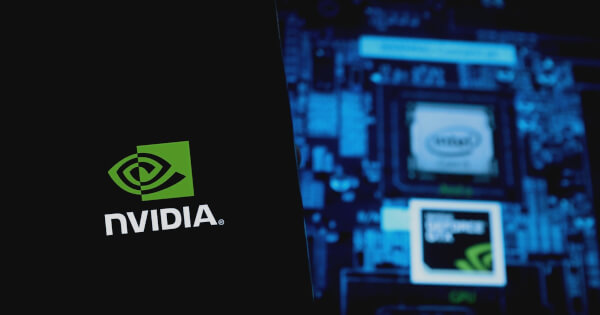Understanding Model Quantization and Its Impact on AI Efficiency

Peter Zhang
Nov 25, 2025 04:45
Explore the significance of model quantization in AI, its methods, and impact on computational efficiency, as detailed by NVIDIA’s expert insights.
As artificial intelligence (AI) models grow in complexity, they often surpass the capabilities of existing hardware, necessitating innovative solutions like model quantization. According to NVIDIA, quantization has become an essential technique to address these challenges, allowing resource-heavy models to operate on limited hardware efficiently.
The Importance of Quantization
Model quantization is crucial for deploying complex deep learning models in resource-constrained environments without significantly sacrificing accuracy. By reducing the precision of model parameters, such as weights and activations, quantization decreases model size and computational needs. This enables faster inference and lower power consumption, albeit with some potential accuracy trade-offs.
Quantization Data Types and Techniques
Quantization involves using various data types like FP32, FP16, and FP8, which impact computational resources and efficiency. The choice of data type affects the model’s speed and efficacy. The process involves reducing floating-point precision, which can be done using symmetric or asymmetric quantization methods.
Key Elements for Quantization
Quantization can be applied to several elements of AI models, including weights, activations, and for certain models like transformers, the key-value (KV) cache. This approach helps in significantly reducing memory usage and enhancing computational speed.
Advanced Quantization Algorithms
Beyond basic methods, advanced algorithms like Activation-aware Weight Quantization (AWQ), Generative Pre-trained Transformer Quantization (GPTQ), and SmoothQuant offer improved efficiency and accuracy by addressing the challenges posed by quantization.
Approaches to Quantization
Post-training quantization (PTQ) and Quantization Aware Training (QAT) are two primary methods. PTQ involves quantizing weights and activations post-training, whereas QAT integrates quantization during training to adapt to quantization-induced errors.
For further details, visit the detailed article by NVIDIA on model quantization.
Image source: Shutterstock



